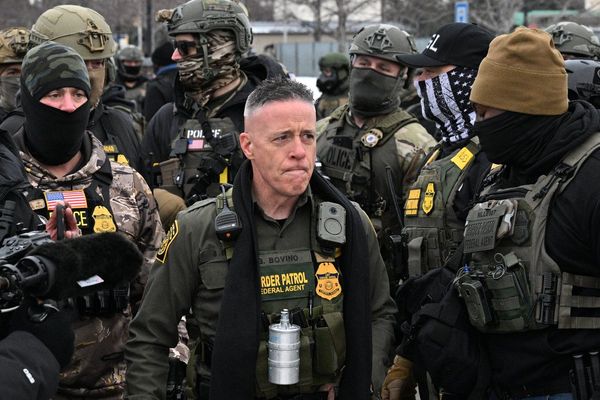
A doctor has denied he was “out of his depth” and that he made a “serious mistake” in his care of a baby allegedly murdered by nurse Lucy Letby.
Dr David Harkness rejected claims he was “far too slow” in ordering an emergency blood transfusion for the boy while he was treated at the Countess of Chester Hospital in 2015.
The death of the premature-born twin, referred to as Child E, was the fourth baby murdered at the neo-natal unit by the defendant in a six-week period, according to the prosecution.
The Crown says Letby. 32, injected a fatal amount of air into the bloodstream of Child E, but the defence suggested to Dr Harkness the baby had in fact died from “acute blood loss”.
Dr Harkness said he had diagnosed a gastrointestinal bleed, but queried the cause after he noted a “sudden large volume of fresh blood” had come out of Child E’s feeding tube on the evening of August 3.
In cross-examination, Ben Myers KC, defending Letby, said: “I am going to suggest even at this point … the thought of a transfusion is something you should have had in mind.”
Dr Harkness said: “If there is any suggestion that his observations were unusual then yes, I would have gone straight to a emergency transfusion. At this point in time I would not have done anything different.”
Manchester Crown Court heard that 50 minutes after his first note the then paediatric trainee recorded at 11pm a further loss of “blood-stained fluid”.
Mr Myers told jurors that by this stage Child E had effectively lost up to a quarter of his blood supply and his oxygen levels had rapidly dropped.
He said to the witness: “At this point this is an emergency, isn’t it?”
Dr Harkness replied: “He is still stable enough based on his blood pressure and heart rate, and he was handling well. So things are changing but he is stable enough for this not to be a crash situation.”
Accusing him of failing to consider an urgent transfusion, Mr Myers said: “I am suggesting that was a serious mistake.”
Dr Harkness said: “I disagree.”
Jurors were told Dr Harkness and a trainee GP on placement with the hospital were the only doctors working across the neo-natal unit and children’s ward during the night shift.
A on-call consultant in nearby hospital accommodation was also available, the court heard.
Dr Harkness denied he should have insisted the consultant visit the unit after the second large blood loss.
Mr Myers said: “You were out of your depth at that point, weren’t you?
Dr Harkness, now a paediatric consultant, said: “I disagree … I think that is wrong and disrespectful to my ability.”
He said saline replacement fluid had been given and a plan was in place to discover what was happening.
Child E suddenly deteriorated from 11.40pm, the court heard, and the consultant – who cannot be identified for legal reasons – was called out.
Shortly after her arrival the infant collapsed with no detectable heart rate, as chest compressions commenced and a blood transfusion took place at 12.50am.
Further blood was lost during resuscitation before the child was pronounced dead at 1.40am, the court heard.
Mr Myers said to the witness: “He died from acute blood loss, didn’t he, from what we can see here?”
Dr Harkness replied: “There is no post-mortem to confirm or deny that.”
On Wednesday the consultant apologised in court to the parents of Child E for not “pushing” for a post-mortem, after she initially concluded he died from a gastrointestinal disorder.
Dr Harkness told Mr Myers it was “not my place” to insist on a post-mortem examination.
Mr Myers put it to the witness that his reaction from the initial diagnosis of a gastric bleed was “far too slow”.
Dr Harkness answered: “No.”
Mr Myers went on: “Would you admit it, if It was?”
“Yes,” said Dr Harkness.
The witness had described an “unusual” skin discolouration on the patient’s abdomen during the earlier sudden deterioration.
Dr Harkness said: “There were these strange purple patches over the outside of his tummy, So patches, not one solid purple area.”
He said he had only seen something similar during his treatment of Child A, who Letby is also accused of murdering in June 2015.
Dr Harkness agreed with Mr Myers that hospital staff were discussing what they had seen around this period in relation to a number of babies.
Mr Myers said: “I am going to suggest you are putting things together, mixing details and coming up with things you didn’t see.”
“No,” said Dr Harkness.
Letby, originally from Hereford, is also accused of attempting to murder Child E’s twin brother, Child F, by poisoning him with insulin.
She denies the murders of seven babies and the attempted murders of 10 others between June 2015 and June 2016.







